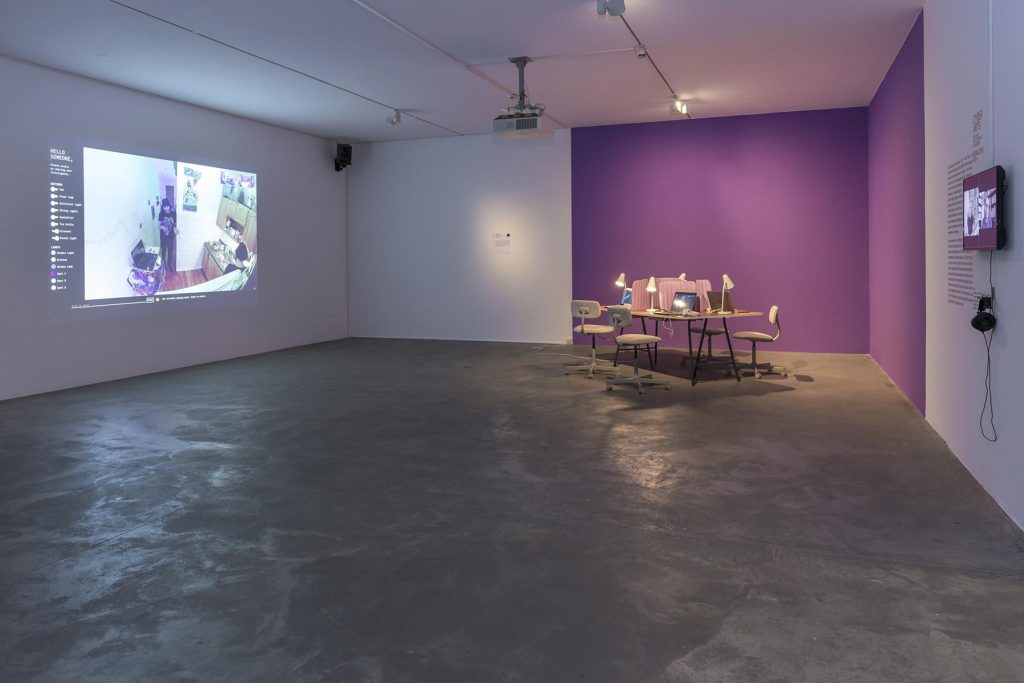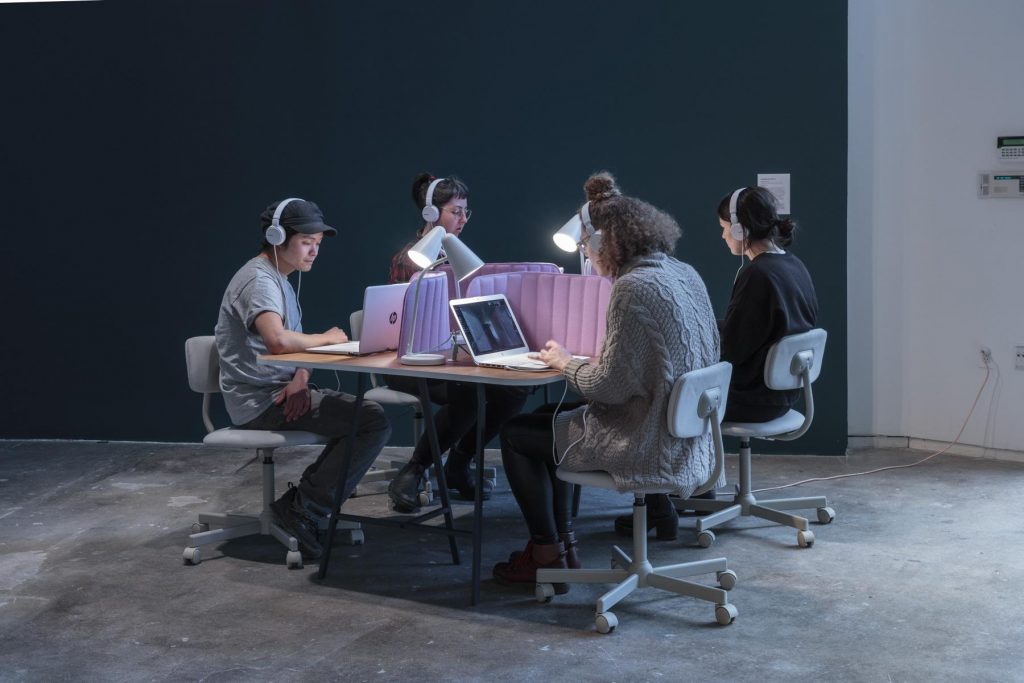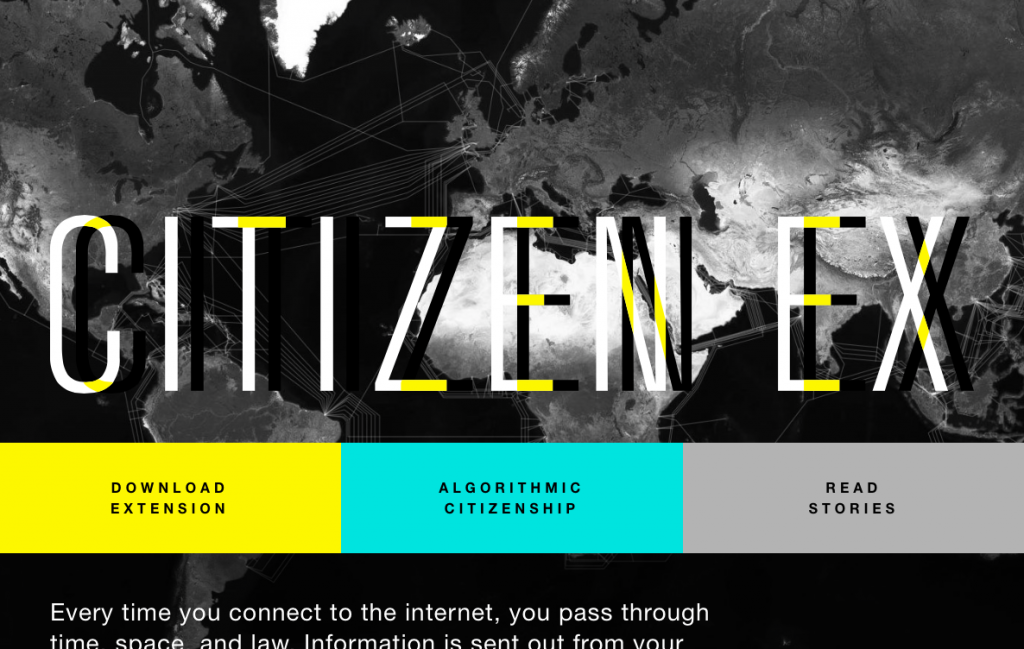Published: 23 November 2020
Arts and technology in motion: These are the 3 artists’ profiles that are changing our lives
The report “The Social and Civil Impact of the Arts” focuses on the ways in which artists are facing current social challenges.
Two decades into the new millennium it is almost impossible to imagine a future in which digital technologies do not play a key role. The term ‘digitalisation’ here goes beyond the employment of new technology for improving business performance to encompass the wider social changes induced by technology. Today, digitalisation changes many properties of political, social, cultural and economic entities. This includes for example the impact of new technologies on processes of democratisation like Facebook had in the UK referendum in 2016, the increasing collection and analysis of personal data in the use of any social media, and the ways in which new technologies like Zoom or Facetime are changing our ways of communicating and being together in times of quarantine.
Throughout history, the arts have always reflected major transitions as they unfold. Therefore, it is perhaps no surprise that the social consequences of the digital transformation are now also increasingly addressed by artists. An example of the social consequences of the digital transformation is related to access to the internet. Although many believe that internet access is widely available, this is hardly the case. Also, within Europe, many people still have unreliable, bad or even no access to the internet, which then hinders participation in various activities, including education and democracy. Recently, we have seen an increasing number of artists speak to some of the social consequences of the digital transformation. For example, with the project SOMEONE (2019), Lauren McCarthy tries to address the advances in human-machine relationships represented in ‘smart houses’ and try to give back a human identity to artificial intelligent devices through active human participation.
In the recently published report The Social and Civil Impact of the Arts, we primarily focus on the ‘social turn’ in the arts, meaning our interest is in the impact of artworks on society rather than the traditional focus on aesthetic values in assessing the arts. Specifically, we focus on the “socially engaged arts” (SEA) and the potential of this art to empower people who are negatively affected by the digital transformation and those who do not reap its acclaimed benefits.
In contrast to more traditional forms of art, socially engaged artists often work closely with their audiences in one way or another. For example, by gaining in-depth knowledge of particular challenges in specific communities and creating awareness about such issues through the artwork or by directly engaging people in the production of art. One such example could be the engagement of people in the production of artwork using the so-called “maker spaces” as a place of work and thereby also introducing people to new digital technologies and skill sets.
In recent years, we have seen artistic examinations of the digital transformation become increasingly complex, evolving from what we might understand as a fascination or embracement of digital tools to reflections on the transformation itself. Based on a review of the literature on SEA and related concepts, as well as an examination of a number of art projects within this sphere, this new report reveals three overarching types of relationship between artists and the digital transformation:
- Artists use new digital technologies as part of their artwork: this means that technology is part of their artistic toolbox. For example, the Chinese artist Ai Weiwei’s successful use of the internet and social media as a medium to communicate and share his work in connection to his project Remembering.
- Artists and cultural institutions are influenced by the digital transformation: this influence often happens in very challenging ways that demand shifts in organisational approaches. Particularly, as the COVID-19 pandemic unfolded and museums began to shut their doors at the beginning of 2020, the need for a digital transformation for cultural institutions was brought to the fore. Despite the surge in digital activities, this crisis emphasized the structural weaknesses that have for a long time affected museums, in terms of resources and staff dedicated to digital activities and communication.
- Artists have begun to produce artworks that highlight the challenges and opportunities associated with the digital transformation. An example of such artwork is the project Citizen Ex by digital artist James Bridle. With this project Bridle aims to create awareness about how the internet works and what our movements on the internet means to our rights. He has created the downloadable plug-in Citizen Ex, which “tracks your online movements against the physical places where websites are legally registered to show your real-time ‘algorithmic citizenship’ and how it has affected our rights during your time online” (The Space).
Our review also finds that artists are addressing social issues of the digital transformation in three ways:
- The artist as a commentator: the artist as a commentator is not directly concerned with audience engagement as part of the artistic process, such engagement is important to the artist as someone who gives voice to a community. The work of Dr. Ahmed Elgammal and an artificial intelligence named AICAN exemplifies “the artist as a commentator”. In this case Dr. Elgammal and AICON created an exhibition of prints called Faceless Portraits Transcending Time. While there is no direct audience engagement, the work of Dr. Elgammal and AICON brings attention to current debates about technology and creative work.
- The artist as one who gives voice to a community: More than ever, artists have become ever more important as voices of reason and clarity, pressing for social justice and engaging the public conversation about the controversial issues shaping the world in which we live. Forensic Architecture’s attempt to raise awareness of oil and gas pollution in Vaca Muerta, Argentina, is a good illustration of their approach. Vaca Muerta has become one of the world’s largest shale oil and gas fields. It is also the home of indigenous communities, including some of the Mapuche people who live between Chile and Argentina. In collaboration with The Guardian newspaper, Forensic Architecture investigated a local Mapuche community’s claim that “the oil and gas industry has irreversibly damaged their ancestral homeland and eroded their traditional ways of life.”
- The artist as a social entrepreneur: consults and facilitates a community problem in a much more ‘organised’ and ‘long-term’ manner than is typical of the two previous roles. This, for example, is what happened when artist Olafur Eliasson and engineer Frederik Ottesen at London’s Tate Modern launched the social enterprise Little Sun in 2012, setting out to change the world with ‘solar art’. Little Sun aims to bring clean, reliable and affordable energy to the 1.1 billion people who live without electricity while raising awareness of energy access and climate action worldwide. Eliasson demonstrates his conviction that art can change the world by continuing to promote Little Sun as an extension of his art practice, arguing that many of Little Sun’s “current and future projects stem from art, involve artistic thinking or use our products themselves to create art”.
While all three roles co-exist, intersect and share the ability to imagine new ways and generate change, each role does so in slightly different ways. We suggest that each of the three roles requires artists to organise in different ways, which may also impact the kinds of change they can facilitate. The three examples provided also show how the three artists’ profiles can have an impact in people’s daily life.
As we proceed researching and working with Artsformation in this new intersection between arts and technology, we call on everyone reading us to let him or herself be inspired by this sense of possibility of a transformation of our societies through art. Our work has just begun, and this article is the first invitation to all the creators out there to join us and continue the discussion together.




